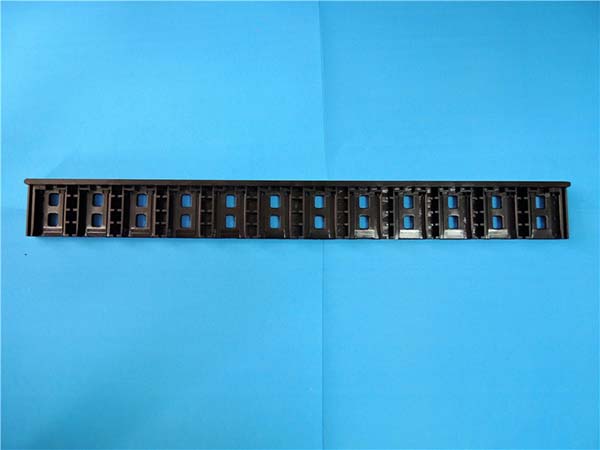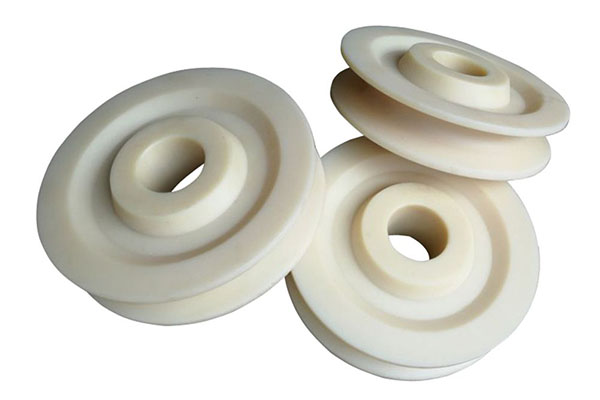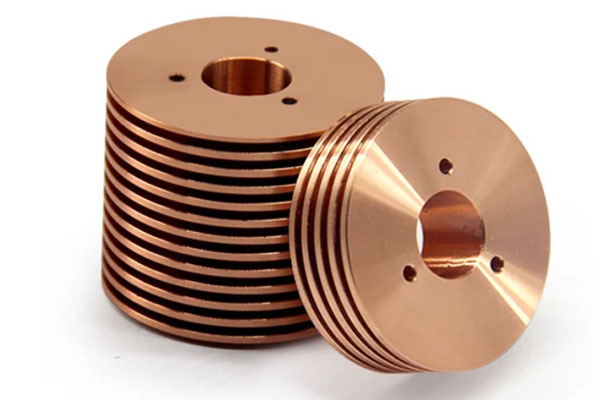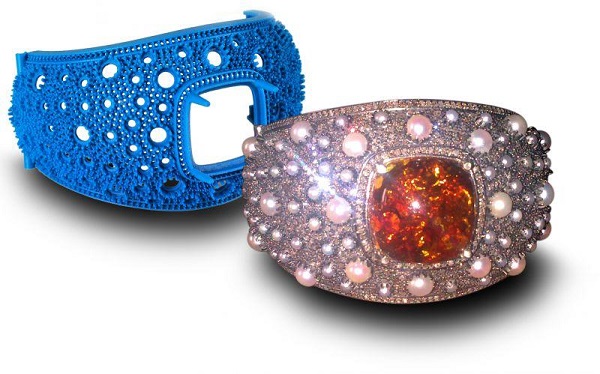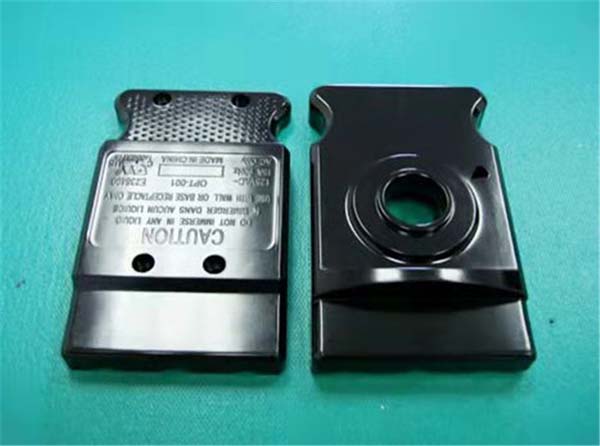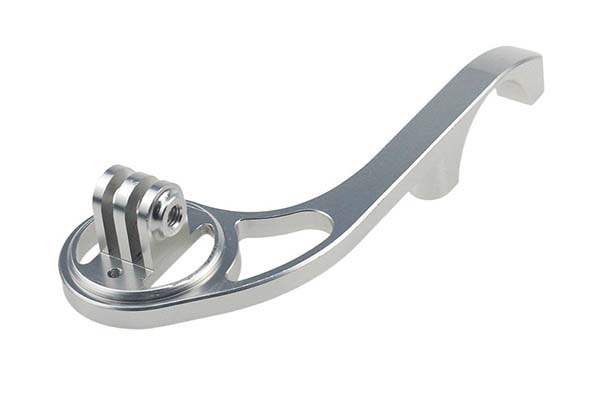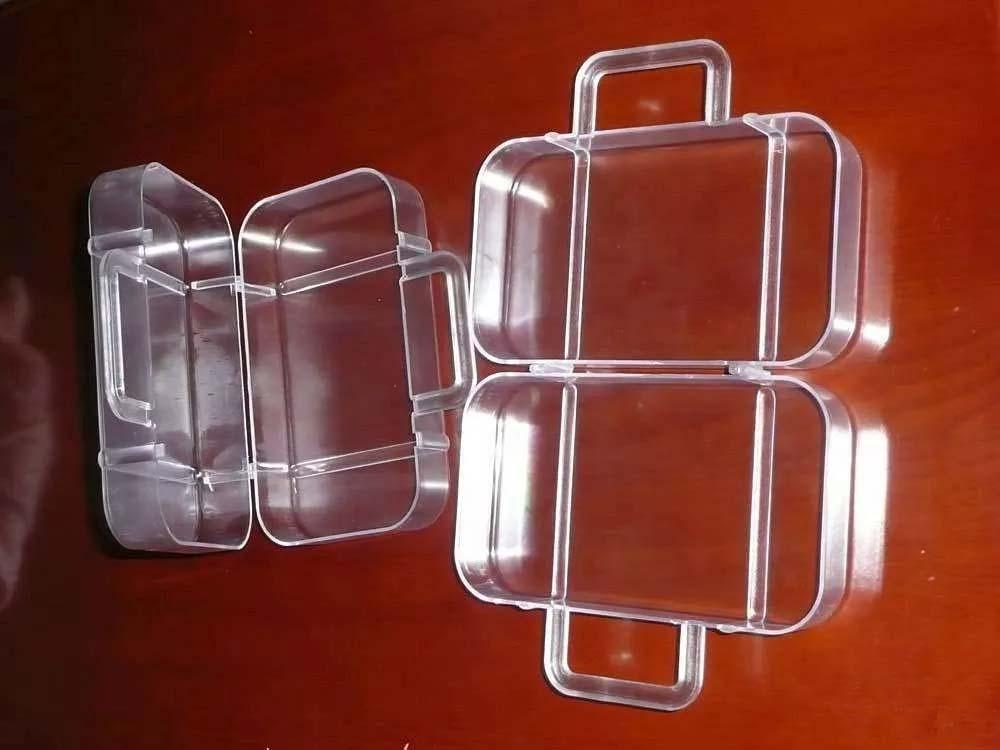Introduction
In modern manufacturing, both rapid prototyping and additive manufacturing have carved out significant niches, revolutionizing the way products are designed, developed, and produced. Rapid prototyping is a technique used to quickly fabricate a scale model of a physical part or assembly using three-dimensional computer-aided design (CAD) data. Its primary goal is to quickly transform a design concept into a tangible form for design verification, functionality testing, and design iteration in the early stages of product development. For example, a startup developing a new handheld device can use rapid prototyping to quickly produce a prototype to test the ergonomics and basic functions.
Additive manufacturing, more commonly known as 3D printing, is a process of creating three-dimensional objects by adding layer upon layer of material based on a digital model. It has a broader scope and can be used not only for prototyping but also for the direct production of end - use parts. In the aerospace industry, companies are using additive manufacturing to produce complex engine components that are lighter and more efficient.
Given their prevalence and importance, understanding the differences between rapid prototyping and additive manufacturing becomes crucial for engineers, designers, and manufacturers. This knowledge can help in making informed decisions about which process to use for a particular project, taking into account factors such as cost, time, material options, and the intended use of the final product.
Definition and Basics
Definition of Rapid Prototyping
Rapid prototyping is a technique that focuses on quickly creating a physical model of a product design. It serves as a bridge between the initial design concept in a digital format and a tangible, three - dimensional representation. This process is typically used in the early stages of product development. For instance, when a company is designing a new consumer electronics device like a smartwatch, rapid prototyping allows them to quickly produce a mock - up. This mock - up can then be used to evaluate the overall form factor, such as how it feels on the wrist, the size of the display, and the placement of buttons. It enables designers and engineers to identify design flaws, make improvements, and iterate on the design much faster than traditional manufacturing methods. Rapid prototyping often uses techniques like 3D printing, but it can also include other methods such as CNC (Computer Numerical Control) machining for creating the prototype.
Definition of Additive Manufacturing
Additive manufacturing, as the name implies, is the process of building three - dimensional objects by adding material layer by layer. It is based on a digital model, usually in a CAD (Computer - Aided Design) file format. The beauty of additive manufacturing lies in its ability to create complex geometries that are often difficult or even impossible to produce with traditional subtractive manufacturing methods (such as milling or turning, where material is removed from a larger block). In the manufacturing of aerospace components, additive manufacturing can be used to produce parts with internal lattice structures. These structures can significantly reduce the weight of the part while maintaining its strength, which is crucial for fuel - efficiency in aircraft. Additive manufacturing is not limited to prototyping; it has evolved to the point where it can be used for the production of end - use parts, small - batch manufacturing, and even mass customization in some industries.
Purpose and Application
Purpose of Rapid Prototyping
The primary purpose of rapid prototyping is to facilitate the early - stage development of products. It allows companies to quickly transform their ideas into physical models. This helps in validating the design concept, ensuring that the product's form, fit, and function meet the initial requirements. For example, in the development of a new toy, rapid prototyping can be used to create a mock - up of the toy's shape, test how the parts fit together, and evaluate if the functions like moving parts or sound - making mechanisms work as expected. It also enables design teams to gather feedback from various stakeholders, such as clients, marketing teams, and end - users, at an early stage. This feedback can then be used to make iterative design changes, reducing the risk of costly design errors later in the production process.
Purpose of Additive Manufacturing
Additive manufacturing has a broader scope. While it can be used for prototyping, its main advantage lies in its ability to produce end - use products. It is especially useful for creating customized products, small - batch production, and manufacturing parts with complex geometries. In the medical field, additive manufacturing can be used to produce patient - specific implants. For a patient with a unique bone defect, a 3D - printed implant can be designed to perfectly match the patient's anatomy, providing a better fit and potentially better medical outcomes. In the automotive industry, additive manufacturing can be used to produce low - volume, high - performance parts, such as custom - designed engine components for luxury or racing cars.
Application Comparison
| Application Area | Rapid Prototyping | Additive Manufacturing |
| Aerospace | Used for quickly creating prototypes of new aircraft components like winglets or engine parts for initial testing and design refinement. For instance, making a prototype of a new - designed wingtip device to test its aerodynamic performance in a wind tunnel. | Produces end - use parts such as complex engine components, brackets, and even satellite parts. NASA has used it to make rocket engine parts, reducing weight and improving fuel efficiency. |
| Medical | Helps in creating models of organs or body parts for surgical planning. For example, a 3D - printed model of a patient's heart can assist surgeons in planning complex heart surgeries. | Produces medical implants, prosthetics, and even some disposable medical devices. Custom - made orthopedic implants can be 3D - printed to fit the patient's unique bone structure. |
| Automotive | Used to create prototypes of new car parts, such as bumpers, dashboards, or new - designed engine components for functional and aesthetic testing. | Can manufacture small - batch production parts like custom - designed interior components for luxury cars or replacement parts for classic cars where mass production molds are no longer available. |
Material Usage
Materials in Rapid Prototyping
Rapid prototyping often relies on materials that are easy to work with and can quickly form the desired shape. Plastics are commonly used in rapid prototyping. For example, acrylonitrile butadiene styrene (ABS) is popular due to its strength, heat resistance, and ease of printing with techniques like Fused Deposition Modeling (FDM). It has a relatively low melting point, which makes it suitable for extrusion - based 3D printing. Another plastic, polylactic acid (PLA), is biodegradable and has a smooth surface finish when printed. It is often used for creating visual prototypes because of its aesthetic appeal.
Resins are also widely used, especially in Stereolithography (SLA) and Digital Light Processing (DLP) 3D printing technologies. These liquid resins are cured by ultraviolet (UV) light to form solid parts. They can achieve high levels of detail and accuracy, making them ideal for creating prototypes that require fine features, such as jewelry prototypes or small, intricate mechanical parts. However, these resins can be brittle and may not have the same mechanical properties as some engineering plastics or metals.
Materials in Additive Manufacturing
Additive manufacturing offers a much broader range of materials. Metals are a significant category in additive manufacturing. Titanium, for instance, is used in aerospace and medical applications. Its high strength - to - weight ratio and biocompatibility make it suitable for producing aircraft components and medical implants. In the aerospace industry, titanium parts produced through additive manufacturing can be designed with complex internal structures to reduce weight while maintaining structural integrity. Aluminum is another commonly used metal in additive manufacturing, especially in the automotive industry. It is lightweight, corrosion - resistant, and has good thermal conductivity, making it suitable for parts such as engine blocks and heat sinks.
Ceramics can also be used in additive manufacturing. Ceramic materials have high heat resistance, hardness, and chemical stability. They are used in applications where these properties are crucial, such as in the production of high - temperature components in the energy industry or in the manufacturing of dental crowns and bridges in the medical field. However, working with ceramics in additive manufacturing can be challenging due to their brittleness and the need for high - temperature post - processing steps to achieve the desired properties. Additionally, there are composite materials being developed for additive manufacturing, combining the properties of different materials to create parts with unique characteristics.
Yigu Technology's View
As a non - standard plastic and metal products custom supplier, Yigu Technology has in - depth insights into both rapid prototyping and additive manufacturing. Rapid prototyping, in our experience, is invaluable in the initial design phases. It allows us to quickly visualize and test design concepts, significantly reducing the time and cost of design iterations. For example, when developing a new plastic component with complex aesthetics, rapid prototyping helps us confirm the appearance and basic fit before moving forward.
Additive manufacturing, on the other hand, has opened up new possibilities for us. We can produce complex metal and plastic parts with high precision, even for small - batch orders. This is especially useful when manufacturing custom - designed metal brackets with intricate internal structures.
In conclusion, we believe that both technologies have their own strengths. Companies should choose the appropriate technology based on their specific needs, budget, and the nature of the product.
FAQ
What are the main advantages of rapid prototyping over additive manufacturing?
Rapid prototyping offers several key advantages. Firstly, it is extremely fast at validating design concepts in the early product development stage. For example, a startup creating a new handheld device can have a prototype within a few days using rapid prototyping techniques like FDM 3D printing. This quick turnaround allows for early detection of design flaws. Secondly, it is often more cost - effective for creating initial models. Since the focus is on getting a basic representation of the design, less expensive materials like common plastics (such as PLA) can be used. Finally, the iteration speed in rapid prototyping is high. Designers can quickly make changes to the digital model and produce a new prototype, which is crucial for refining the design based on early feedback.
Can additive manufacturing completely replace traditional manufacturing methods?
Additive manufacturing cannot completely replace traditional manufacturing methods. While additive manufacturing has its own unique advantages, such as the ability to create complex geometries and customize products, it also has limitations. For large - scale production, traditional manufacturing methods like injection molding are generally more cost - effective and faster. The material selection in additive manufacturing, although expanding, is still not as extensive as that in traditional manufacturing. For instance, some high - volume production materials used in traditional manufacturing may not be easily available or suitable for additive manufacturing processes. Therefore, additive manufacturing and traditional manufacturing methods often complement each other rather than one replacing the other.
In which industries is rapid prototyping most commonly used?
Rapid prototyping is commonly used in multiple industries. In the automotive industry, it helps in quickly creating prototypes of new car parts for design and functionality testing. For example, making a prototype of a new - designed car bumper to test its aerodynamic performance and fit on the vehicle. The consumer electronics industry uses it to develop prototypes of new devices like smartphones or smartwatches, allowing for early evaluation of form factor and user - interface functionality. In the aerospace industry, rapid prototyping enables the creation of prototypes of aircraft components, such as engine parts, for initial testing before moving on to more expensive production methods. The medical device industry also benefits from it, using rapid prototyping to create models of organs or body parts for surgical planning. Additionally, the industrial design field uses rapid prototyping to quickly bring design concepts to life and evaluate their aesthetic and functional aspects.
